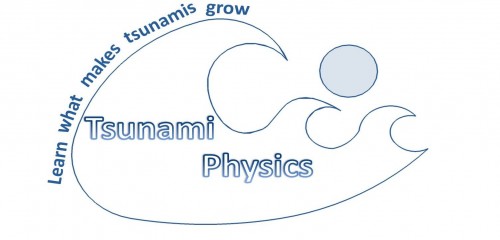
Standards
This lesson addresses standards outlined by the Massachusetts Science and Technology/Engineering Curriculum Frameworks.
Introductory Physics, High School
4. Waves
Central Concept: Waves carry energy from place to place without the transfer of matter.
4.1 describe the measurable properties of waves (velocity, frequency, wavelength, amplitude, period) and explain the relationships among them.
4.2 Distinguish between mechanical and electromagnetic waves.
4.3 Distinguish between the two types of mechanical waves, transverse and longitudinal.
4.5 Recognize that mechanical waves generally move faster through a solid than through a liquid and faster through a liquid than through a gas
Earth and Space Science, High School
3. Earth Processes and Cycles
Central Concepts: Earth is a dynamic interconnected system. The evolution of Earth has been driven by interactions between the lithosphere, hydrosphere, atmosphere, and biosphere. Over geological time, the internal motions of Earth have continuously altered the topography and geography of the continents and ocean basins by both constructive and destructive processes.
3.10 Relate earthquakes, volcanic activity, tsunamis, mountain building, and tectonic uplift to plate movements.
3.11 Explain how seismic data are used to reveal Earth's interior structure and to locate earthquake epicenters.
3.12 Describe the Richter scale of earthquake magnitude and the relative damage that is incurred by earthquakes of a given magnitude.
Technology, High School
6. Communication Technologies
Central Concepts: Applying technical processes to exchange information can include symbols, measurements, icons, and graphical images. Students should demonstrate the ability to use the engineering design process to solve a problem or meet a challenge in a communication technology.